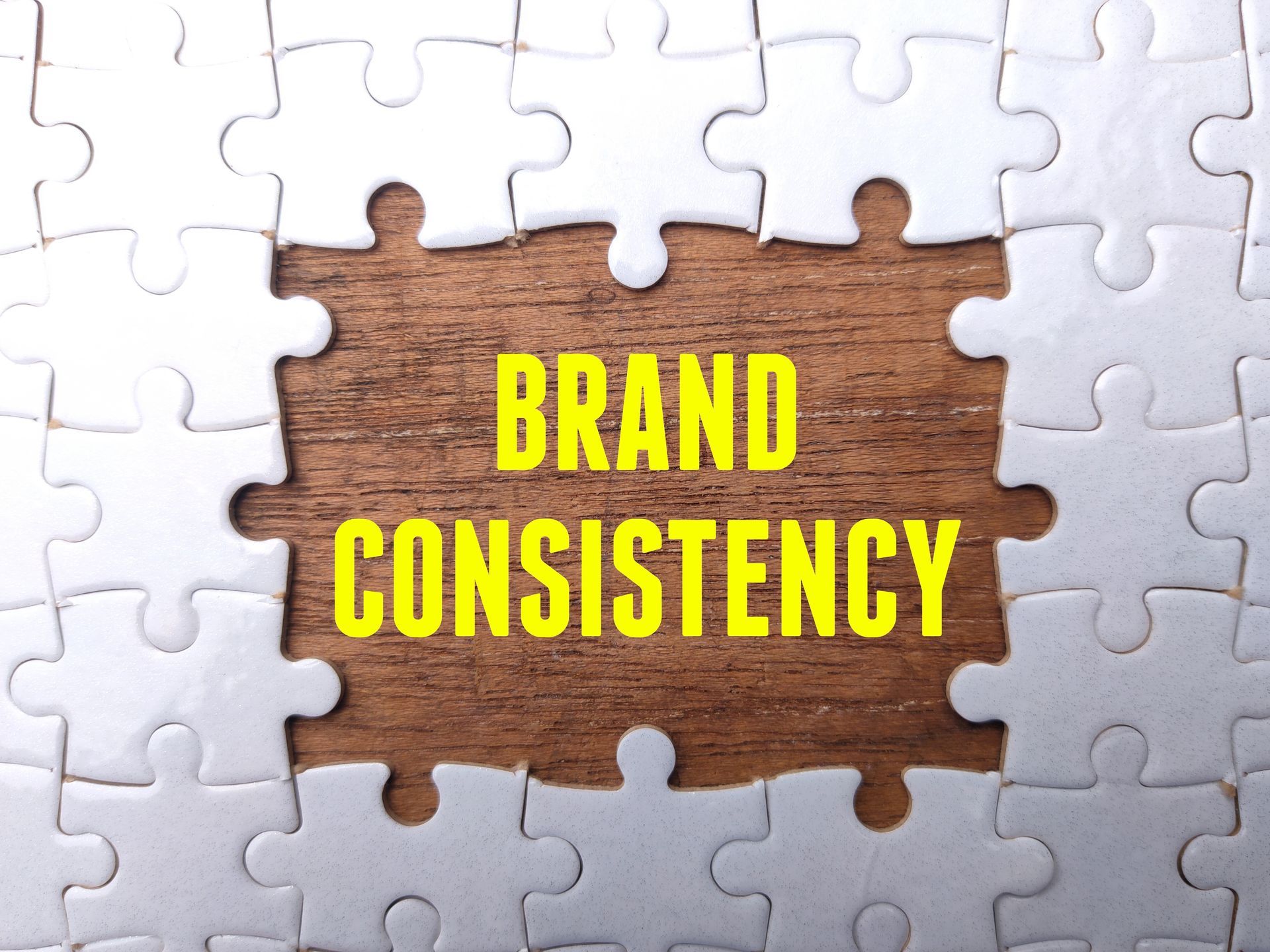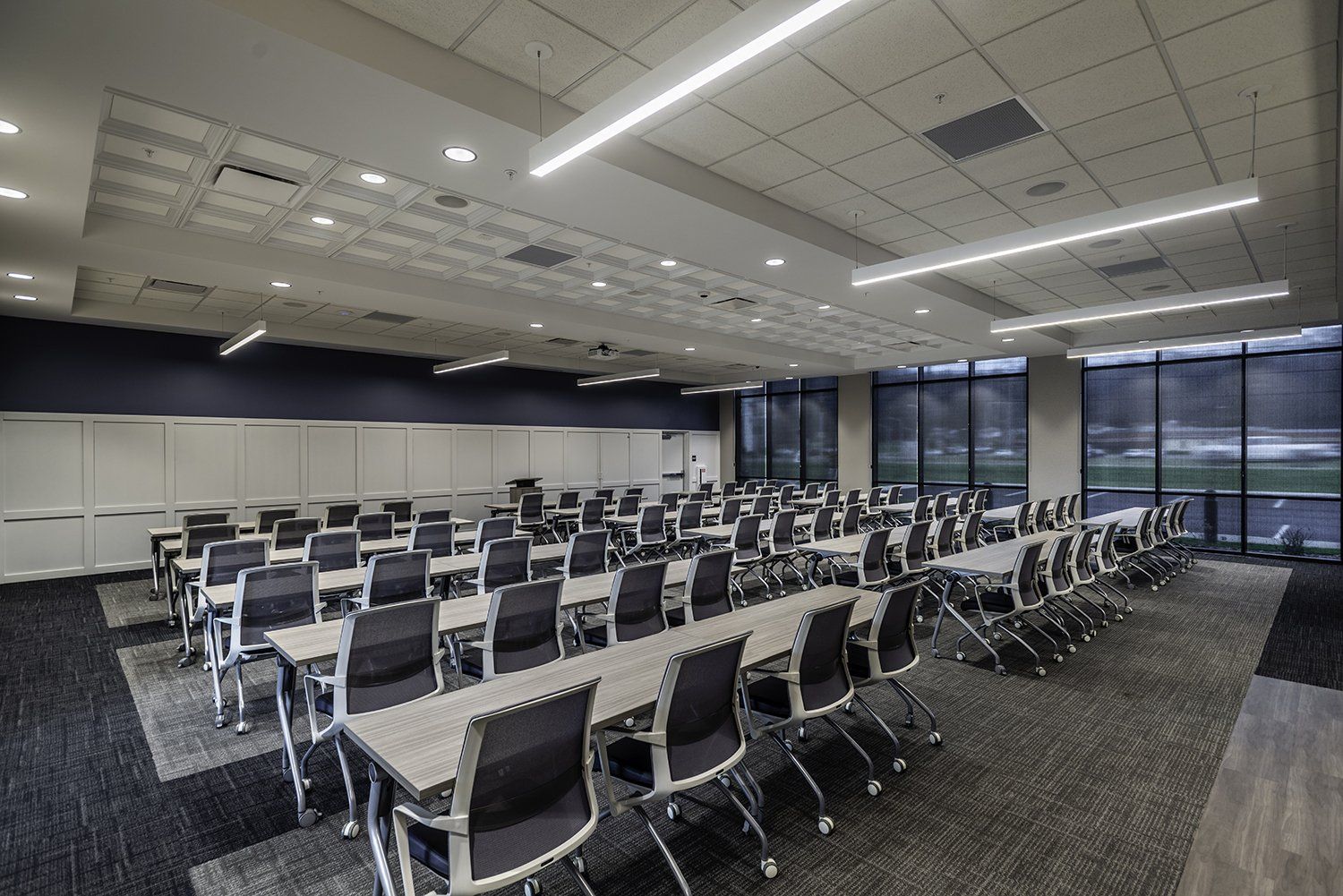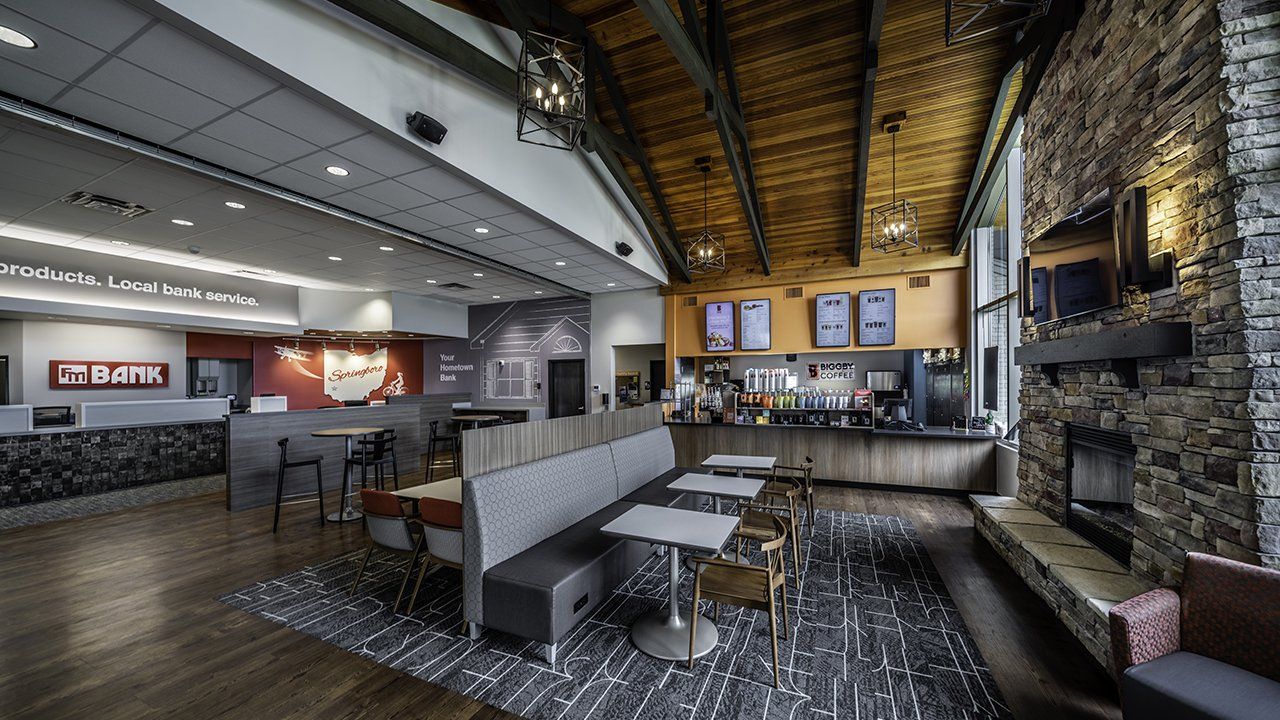Menu
Follow us on:

A STEP-BY-STEP GUIDE FOR PROCURING ARCHITECTURAL/ENGINEERING SERVICES
A building program is a major effort entailing the investment of much time and money. Therefore, an important step in achieving success is selection of the Architectural/Engineering firm (A/E) that will play a very important role in the undertaking. The basic components of the A/E procurement process include the following:
- Develop the program for which the project must be designed.
- Gather available data.
- Prepare the scope of A/E services required.
- Submit the Request for Proposal to A/E firms.
- Interview A/E firm(s).
- Make the selection.
Develop the Program for Which the Project Must Be Designed
To prepare a good program it is often necessary to begin by receiving input from persons who bring different perspectives of what is required for a successful project – e.g. the CFO’s input on the budget for the project, the director of plant operations input on floor area and clear height requirements, the IT’s input on high-tech requirements, etc. After gathering this information, prepare the program consisting of, but not limited to, the following:
- The primary functional, aesthetic, safety, technological, sustainability and other goals to be achieved.
- The interior and exterior functions to be included in the facility, minimum areas for each, important circulation patterns and/or adjacencies relating to the functions and minimal clear heights required.
- The desired time frame and budget.
And, if applicable:
- The number of persons to be accommodated in assembly areas.
- Special hazards or other unusual conditions that must be considered.
- Special limitations on architectural design – e.g. if design based on a building prototype is required.
- Special environmental requirements – e.g. the need for the facility to achieve LEED certification.
- Provision for future expansion.
- Requirements for maintaining operations during the construction phase if the project is alterations and/or addition(s).
Gather Available Data
Making use of any existing, pertinent data on hand will save the cost of having it procured by the A/E. The data may include, among others, items such as:
- A registered survey which is required for new construction on an undeveloped site.
- A Geotechnical Exploration Report pertaining to site soil conditions which is usually required for new construction on an undeveloped site or an addition to an existing building.
- A Phase I Environmental Site Assessment Report which is always required if you will borrow money for the project.
Drawings of the existing site and building(s) are required if the project is additions and/or alterations to an existing facility.
Prepare the Scope of A/E Services Required
A complete, well defined, scope of the A/E (architectural as well as ordinary structural, mechanical and electrical engineering) services is required for obtaining reliable proposals. This entails the services during the schematic design, design development, construction documents, bid/permit and construction administration phases of the process. Since the American Institute of Architects has typical Client/Architect agreement forms for both large and small projects you may want to use one of them as the scope. In addition, examples of other things that may apply to the A/E services are as follows:
If the project is alterations and/or addition(s):
- What, if any, field measurements and preparation of drawings of existing conditions must be performed by the A/E.
- Checking the adequacy of existing utilities.
- Other special considerations relating to the existing facility.
Any deviations from the usual scope of A/E services – e.g.:
- The need for special design services such as machine foundation design, an interior designer, a landscape architect, etc.
- The A/E’s assistance in procuring information such as a registered survey, a geotechnical report, a phase 1 environmental site assessment, etc.
Submit Request for Proposal (RFP) to A/E Firms
While making inquiries with word of mouth, performing website research, etc., some particularly important factors to consider include a firm’s past experience on projects comparable to the type and size of the one you are about to undertake as well as it’s track record in fulfilling their client’s needs.
It will be especially helpful if the RFP’s sent are as succinct as possible without omitting any information the A/E firms need in order to make unambiguous proposals. In addition, it is wise to note in the RFP that you reserve the right to make the final selection based upon the lowest and/or best cost quotation as it affects your needs.
Interview A/E Firms
After reviewing all proposals the determination of which firm(s) to interview can be made. Some of the primary subjects to include during interviewing include the following:
- Evaluate the communication skills of the firm – e.g. does it appear the RFP was carefully read and, if needed, followed up on to assure it was correctly understood.
- The firm’s track record in fulfilling past client’s programmatic and aesthetic requirements.
- The firm’s track record in meeting budget and time frame requirements.
- The firm’s track record in avoiding costly extras resulting from deficiencies in the working drawings and specifications.
- If the proposal included any qualifications, they should be reviewed.
- Any other special considerations that must be addressed.
Make the Selection.
The fee quoted in the proposal is obviously important but there are other factors to consider in making the selection. Since you are entering into a relationship that will involve intense collaboration over a significant period of time, it is helpful to select an A/E with which you will be able to work harmoniously on both a professional and personal level. Also, in accord with what has previously been learned by word of mouth, website research, etc., you may decide the best value received for the dollars spent will be provided by a firm whose fee was not the lowest quoted.
Incidentally, if you have a well-established, trusting relationship with an A/E which is highly qualified for your project, you may very well elect to provide that firm with the RFP and attempt to negotiate an agreement rather than using the competitive selection process.











